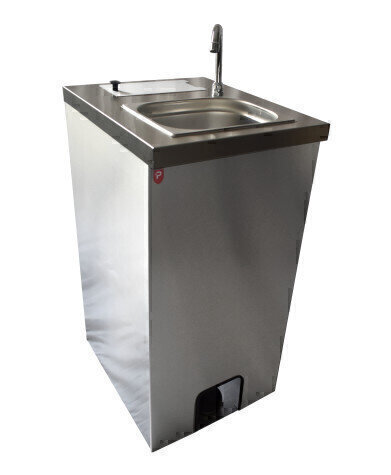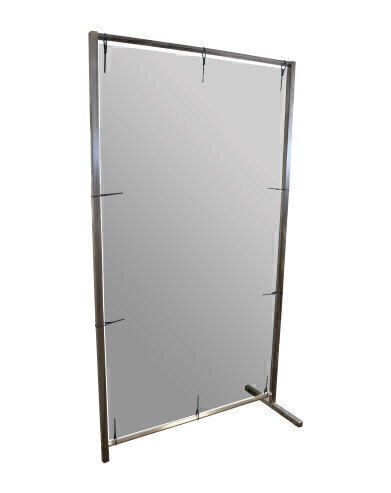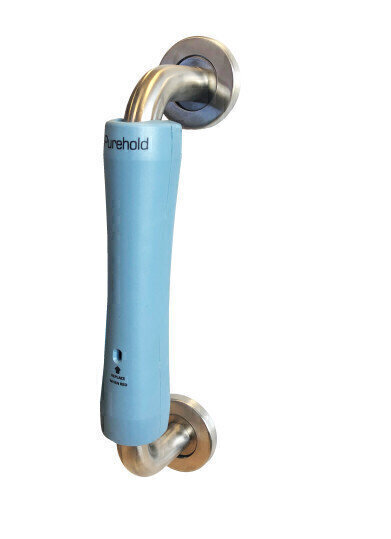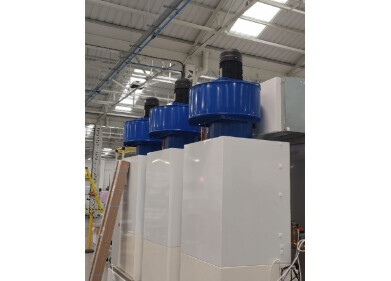Laboratory Products
Five lessons on managing 'the new painful' from the food sector
Nov 18 2020
Despite the cliches, the situation we find ourselves in is far from ‘normal’. A more realistic descriptor is perhaps the ‘new painful’. Lab staff are essential workers with no option to work from home – regardless of the local alert level. So, until there’s a viable Coronavirus vaccine we need to find ways to make the best of it and maintain business continuity.
A good starting point is to look to best practice in other verticals. The food sector became the COVID front line as pressures on global supply chains initially left grocery shelves bare. Thankfully the industry rose to the challenge, here are five things to learn from its approach:
- 1. Stagger shifts, bubble up – this is one of the most effective ways to maintain social distancing while extending the combined production day with limited staff on site at any given time.
- Employees should be grouped into ‘cohorts’ in line with their shift. These bubbled teams should work together, take breaks together, change together, and even travel together. If one person amongst the bubble exhibits symptoms, only that cohort needs to go into self-isolation to prevent spread to the broader workforce.
- 2. Provide hand washing facilities and/or hand sanitiser at all entry points, and throughout the workplace – it’s worth installing multiple single person PPE dispensers and handwashing stations – and additional portable units as necessary - at safe distances to discourage clustering. Where this isn’t possible, an alternative is to install segregation screens.
- 3. Limit contact - one-way systems can be implemented to ensure bubbled cohorts do not come into contact with each other. Those within each bubble can be physically screened from each other, Teknomek offers floor standing and desktop screens.
- These have been one of the key weapons deployed within the food sector, where they are most typically installed between stations on production lines. However, they work equally well within the confines of a lab or cleanroom.
- 4. Don’t let people forget – having lived with Coronavirus for almost a year, it’s all too easy to become complacent. That’s a significant risk. So, make sure that wall reminders and distancing guidelines remain prominent throughout the facility – but particularly in reception, locker rooms, gowning areas, washrooms, as well as in labs and cleanrooms themselves.
- To supplement signage, you can encourage distancing throughout the facility by deploying time locked turnstiles that stagger entry to communal areas – and these also won’t admit anyone until hand sanitiser has been dispensed!
- 5. Remove touchpoints – each time one is removed, another risk is managed away. It’s advisable to reconfigure your facility to be touch-free wherever feasible. Use motion sensors for doors, where that’s not an option consider installing sanitising door handles or anti-microbial door handle covers. Other high touch surfaces such as taps and dispensers can be replaced with infrared or knee-operated options.
- Coronavirus represents, we hope, a once-in-lifetime challenge. However, disruption leads to transformation and the industry won’t ever go back to ‘normal’, but it will certainly be more hygienic.
Digital Edition
Lab Asia 31.2 April 2024
April 2024
In This Edition Chromatography Articles - Approaches to troubleshooting an SPE method for the analysis of oligonucleotides (pt i) - High-precision liquid flow processes demand full fluidic c...
View all digital editions
Events
Apr 22 2024 Marrakech, Morroco
Making Pharmaceuticals Exhibition & Conference
Apr 23 2024 Coventry, UK
Apr 23 2024 Kintex, South Korea
Apr 23 2024 Seoul, South Korea
Apr 24 2024 Jakarta, Indonesia



.jpg)


.jpg)













